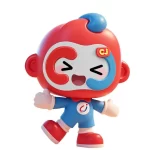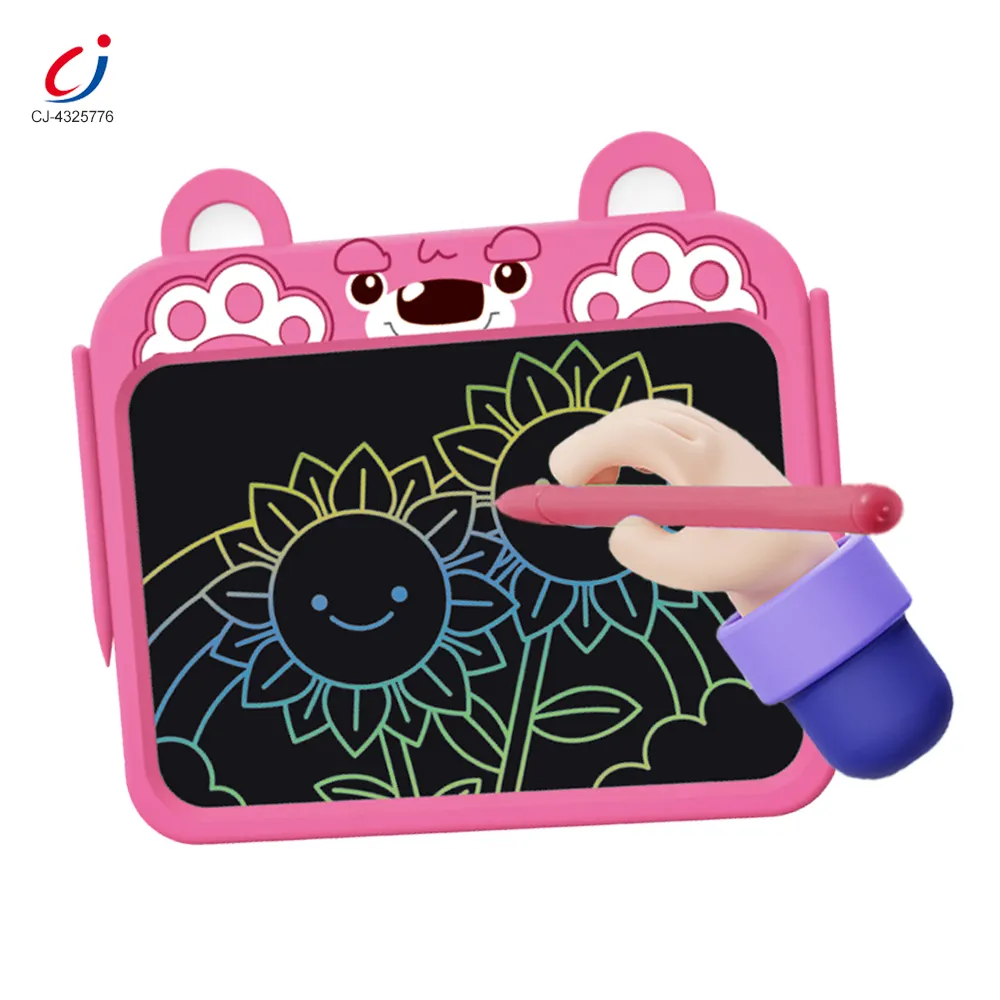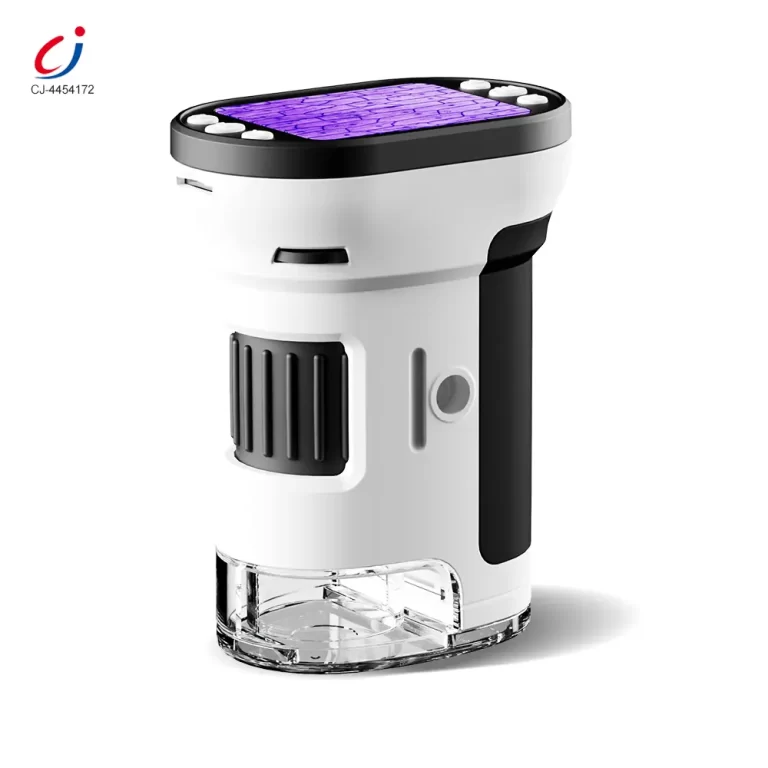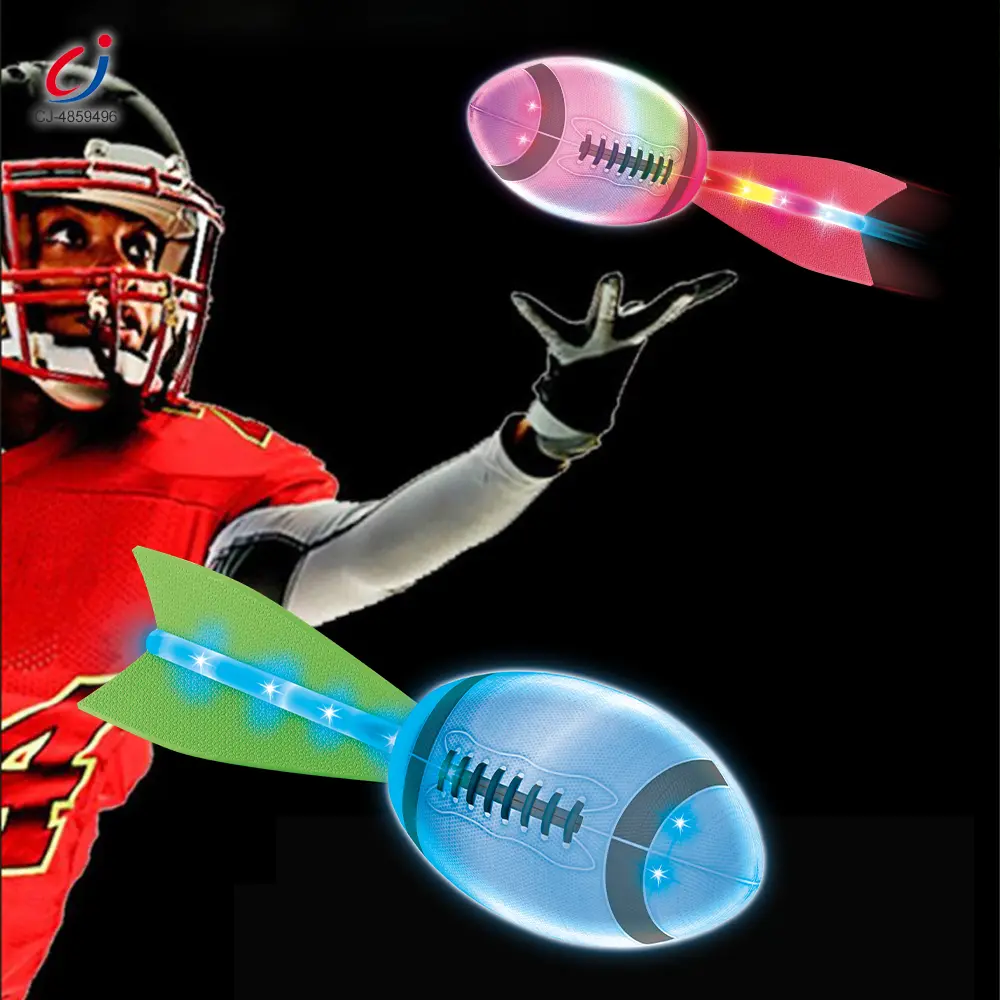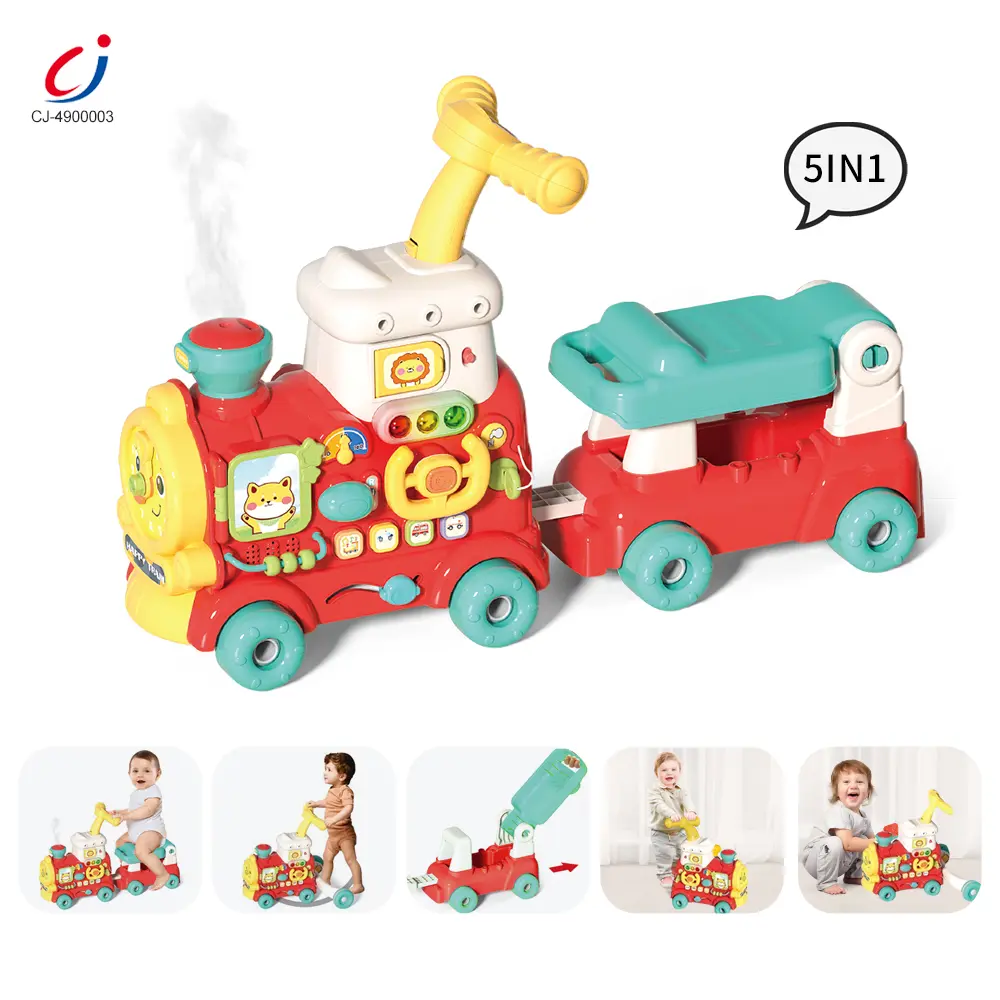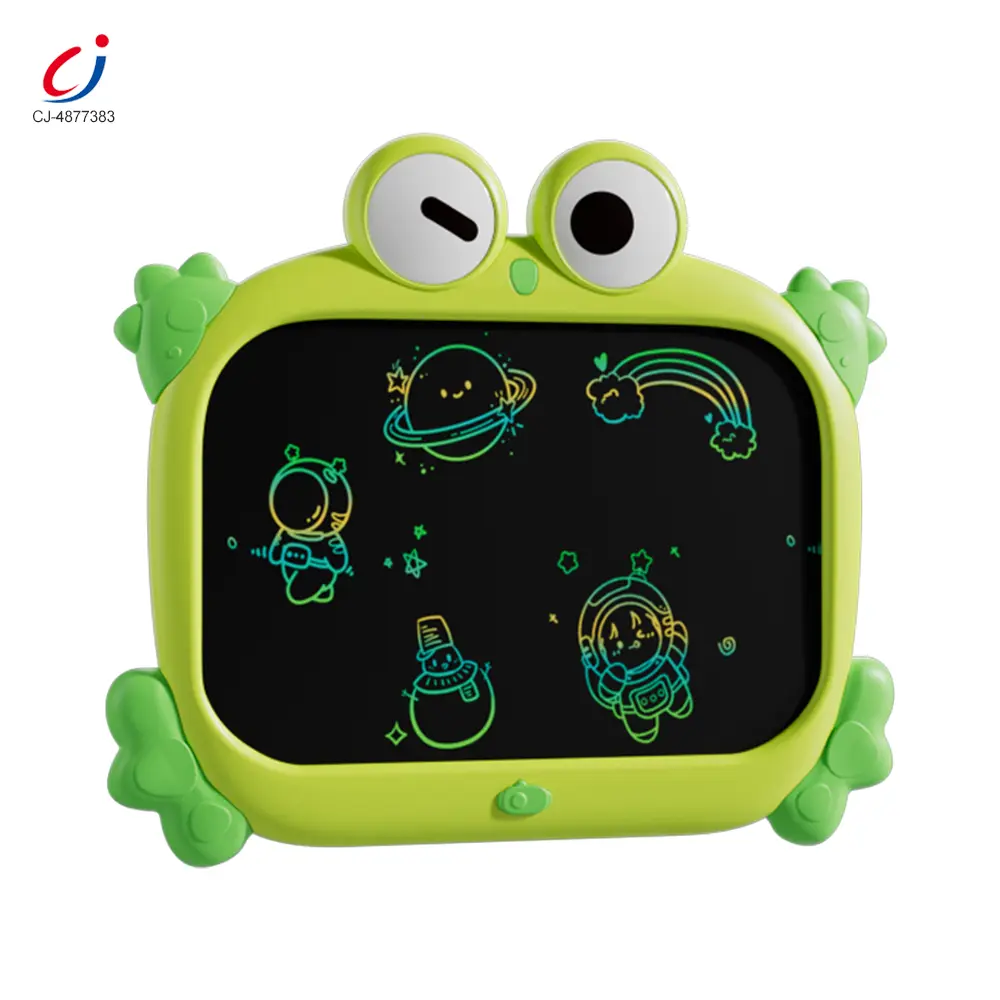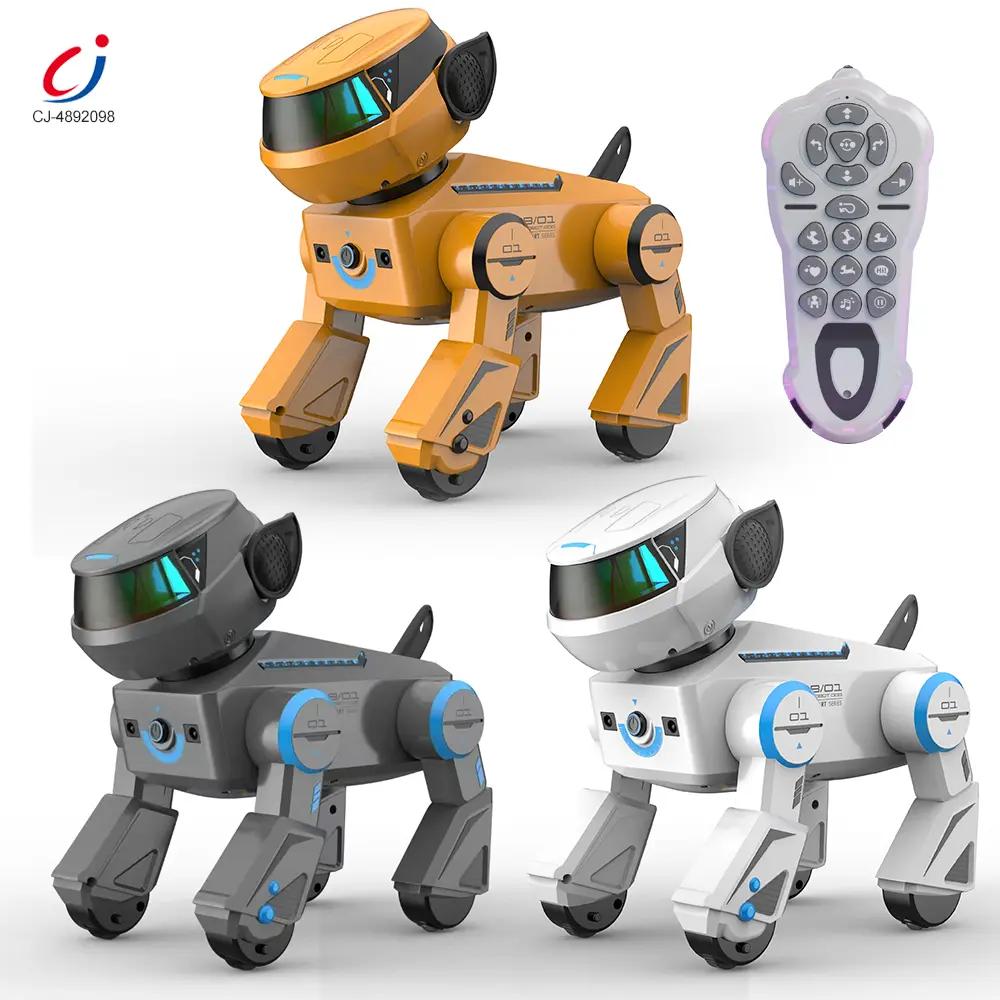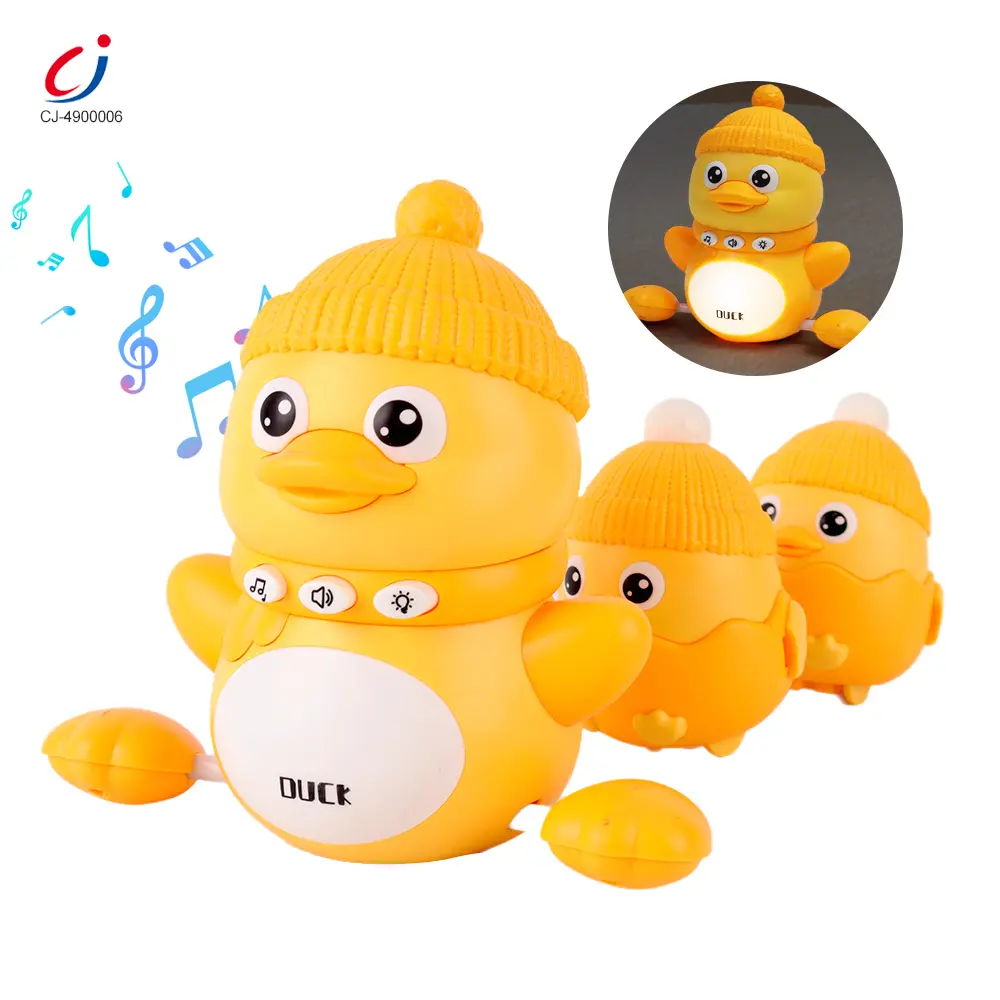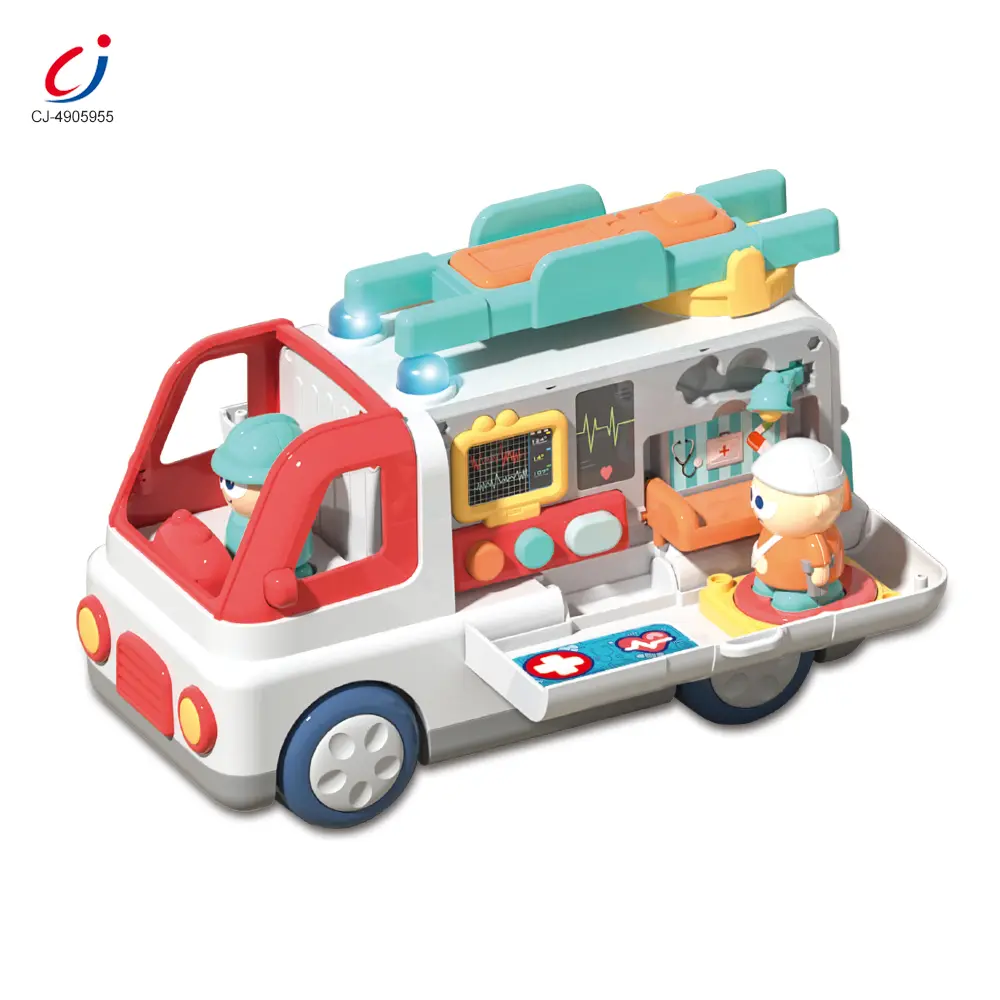A child’s birthday gift isn’t just a box with a bow—it’s a time machine. It whisks them back to the joy of unwrapping, forward to the pride of mastering a new skill, and forever stamps a memory of “That one time Mom/Dad got me exactly what I wanted.”
Chengji, as a top toy manufacturer, knows how important it is for a child to have their dream toy for their birthday. So whether you’re a first-time parent or a seasoned pro at birthday shopping, let’s break down how to pick a toy gift that’s not just nice—but appropriate and unforgettable.
Key Factors to Consider: Because “Cute” Isn’t Enough
Not all toys are fitted for every age of kids. Picking the right one requires a mix of heart, brains, and a little insider knowledge. Here’s what matters most.
Age Appropriateness: Match Their Stage
Babies under two are in their sensory exploration phase, gravitating toward chewable, soft, and noisy objects. Children over five begin to crave pretend play, while eight-year-olds dream of coding robots or mastering skateboarding tricks.
Choosing toys based on their developmental stage is crucial. Children aged three to five may beg for a “big kid” toy like a puzzle or magic trick, but trust us: complex puzzles, Rubik’s cubes, and other toys are difficult for children this age to sustain, and they may end up in the toy box sooner than you think.
Safety: The utmost priority
When selecting children’s birthday gifts, safety is non-negotiable. Prioritize recognized certifications like EN71 (EU), ASTM F963 (US), and GB6675 (China). For under-3s, avoid small parts (<3cm diameter) to prevent choking. Check for sharp edges via finger testing to eliminate harmful protrusions. Test sturdiness by shaking—ensure parts stay attached to avoid detachment risks. Choose safe materials: food-grade silicone (teething toys), eco-friendly ABS (blocks), and A-class fabrics (plush) for non-toxicity and durability.
Educational Value: Sneak Learning Into Fun
Parents love toys that teach without feeling like homework. STEM toys are designed so kids think they’re “just playing,” while secretly building problem-solving skills. Even a basic building block set teaches physics, including gravity and balance, and creativity.
Pro tip: Avoid toys that overemphasize academic performance; open-ended play promotes better brain development than toys that only require them to memorize recitations.
Customization:
Children are often more interested in customized toys, which make great gifts. For example, a teddy bear engraved with their name and logo, or a set of building blocks in the shape of their pet dog, these personalized toys often become close friends in their hearts and make them cherish them even more.
Recommended Gifts by Age Group
0–2 Years: Sensory Experience (In a Good Way)
Babies under two learn through touch, taste, and sound. Skip the noisy plastic gadgets—opt for:
- Soft teething toys: Made with food-grade silicone
- Musical rattles: Simple melodies, no batteries required. Battery-powered toys tend to last shorter than non-batteried ones and are safer.
- Cloth books: Durable, washable, and perfect for tiny hands to grip
3–5 Years: Imagination Unleashed
Children aged 3-5 are at an age where their imaginations are unleashed. They begin to enjoy role-playing, creating shapes, and designing patterns. Building blocks and drawing provide a good start.
- Large building blocks: They are designed with rounded edges and bright colors. These elements are easily gripping the kids around them.
- Role-play sets: Doctor kits, chef aprons, or firefighter helmets. They’ll spend hours playing seriously. Even put themselves in the role to play with you. This is an efficient way to improve your relationship and educate them.
- Drawing Board: A magnetic board, easel, or whiteboard for children to draw, doodle, and practice handwriting. They inspire creativity, develop fine motor skills, and hand-eye coordination while providing a reusable, clutter-free surface for artistic expression.
6–8 Years: Learning While Playing
- Science experiment sets: Telescopes, simple circuit sets, or chemistry experiment sets can help children this age learn physics and chemistry.
- Craft toys: Include clay or playdough and DIY model sets. These toys can help develop children’s hand-eye coordination and fine motor skills, stimulate creativity and imagination, and cultivate patience and concentration.
9–12 Years: Hobby & Skill Development
Children of this age have a wide range of interests, such as programming, singing, or playing basketball. As elders, we must support them.
- Robot programming kits: “Code & Create” series toys let them build and program their robot.
- Beginner musical instruments: Ukuleles, keyboards, or harmonicas. They’ll practice just enough to enjoy you.
- Sports equipment: Basketball hoops, soccer goals, or skateboards. Physical games can make children more confident when they beat some kids in a certain sports game.
Gift Wrapping & Surprise Ideas
The gift is important. But the moment of giving, that’s what they’ll remember.
- Creative Wrapping: Create surprises with unusual packaging. Use fabric scraps, old maps, or even an empty cereal box. Kids went wild when they saw their gift toys and such a creative interaction.
- Surprise activities: Turn unwrapping into an adventure. Hide small toys around the room and send them on a “treasure hunt,” or do a “mystery unboxing” where they open clues one by one.
Buying Tips
It is seen that too many parents buy cheap, untested toys that break or worse within a week. Here’s how to avoid the pitfalls:
Stick to reputable brands: When purchasing children’s birthday gift toys, prioritize reputable brands or authorized retailers to ensure quality and reliable after-sales support.
Shop sales, but check certifications: During sales events or festivals, focus on value rather than solely prioritizing low prices—discounts should not compromise adherence to safety standards or age-appropriate design.
Safety: Always verify the presence of safety certifications such as EN71 (EU), ASTM F963 (US), or GB6675 (China) before making a purchase. Check age recommendation labels on toys to align with the child’s developmental stage, as these labels are designed to match safety and suitability criteria.
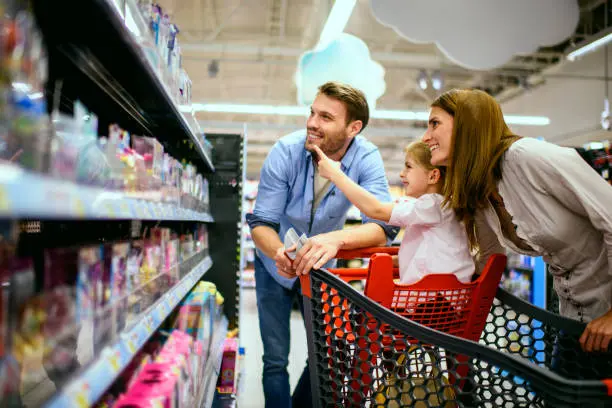
Conclusion:
At the end of the day, a child’s birthday gift is more than a toy—it’s a piece of your love, wrapped in joy. It’s the memory of their eyes lighting up, the sound of their laughter, and the pride of knowing you picked something that will grow with them.
But remember, when choosing birthday gift toys for children, it is necessary to consider their stage of development and age.
About Chengji Toy Supplier

Chengji, as a leading toy supplier from China, we don’t just make toys—we make memories. And we hope this guide helps you create a few more. Furthermore, if you need some special products, we are offering professional OEM/ODM service to solve your problems.
In manufacturing, our advantages are:
- Wholesale toys from China: As a supplier based in China, we offer direct factory prices, a wide range of high-quality toys
- Quality First: No matter how the market changes, our insistence on toy products is consistent with high standards and strict requirements.
- Customized service: Whether you need a regular model or a specially customized solution, we can tailor the most suitable solution according to your needs.
- Fast delivery: We understand your needs and how important time is to you.
- Full support: From the beginning to the end, our team will keep in touch with you at every stage, and we will solve any problems at any time.
Contact us now and let us achieve greater possibilities together!

